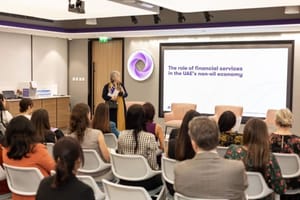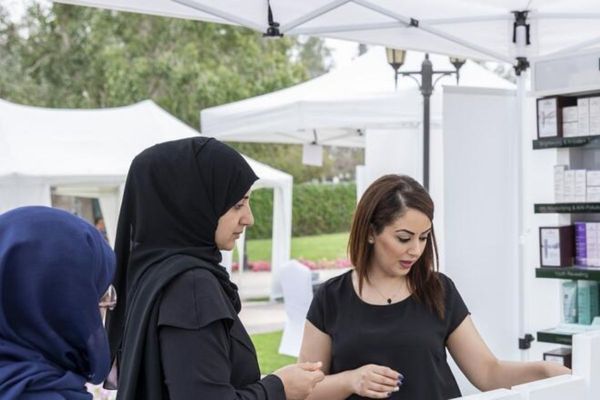White paper shows efficiency of technology-based education for teachers reached 66% in region compared to 45%in the international markets.
Schools in the Middle East are better than schools across the world in delivering higher outcomes, particularly in technology use, according to a research-based white paper released during GESS, the Middle East’s leading education conference and exhibition.
The whitepaper — What’s Working in EdTech Today: Middle East Insights for Success – was released by Canadian Edtech innovator SMART Technologies.
The research was based on a survey of more than 3,500 teachers, IT administrators, and leaders in technology and educational policy development and implementation across the globe, including professionals from the UAE, Saudi Arabia, Palestine, Oman, Lebanon and Israel.
The survey findings put the Middle East in the lead position when it comes to the use of technology in education (Edtech), according to the whitepaper authors.
“The research data reveals that schools in the Middle East are performing better than their global counterparts, showing higher outcomes especially when it comes to the effectiveness of teaching and learning with technology,”
explained Nadia Baraghithi, SMART’s Middle East education consultant.
In the region, the efficiency of technology-based education for teachers reaches an impressive 66 per cent, compared to 45 per cent in the international markets, including North America and the UK.
“We also see that schools reporting the highest outcomes in the region are using technology that provides interactive, collaborative learning experiences such as game-based and assessment software. Schools that are using non-interactive technology — like static projection systems, are reporting lower outcomes.
In terms of students, education efficiency currently stands at 69 per cent in the Middle East, compared to 44 per cent globally, yet students in the region that receive digital-centric education are 58 per cent likely to meet academic performance standards, compared to 38% for students in other areas of the world.
“Along with reporting better outcomes than respondents in the rest of the world, Middle East respondents report slightly higher levels of development in 96%, meeting performing metrics, many capabilities, with some exceptions.”
While overall the survey findings make for good reading for Middle East educators, it also identifies some gaps.
“Though overall, Middle East respondents reported more technology use than respondents elsewhere. It pinpointed a 5 per cent lower regional use of interactive displays compared with the rest of the world,” said Aaron Fright, SMART’s regional sales director.
The whitepaper goes on to highlight areas where the Middle East could further its Edtech use ranking including enabling student participation in tech planning and implementation, assessment and measurement of students' engagement and progress; the valuation and focus of professional development activities; provision of collaborative professional development opportunities for educators; precision focused technology investment.
SMART is seeking to share the whitepaper with educators at GESS where it is displaying its versatile technology and software products that keep students engaged and connected, wherever they are, and the SMART EdTech Assessment tool, which helps educators gain actionable insights on their own technology performance.
“The research data highlights how technology helps to move classrooms from passive knowledge-gathering spaces to interactive environments, keeping students engaged and connected with their learning.
News Source: Khaleej Times









